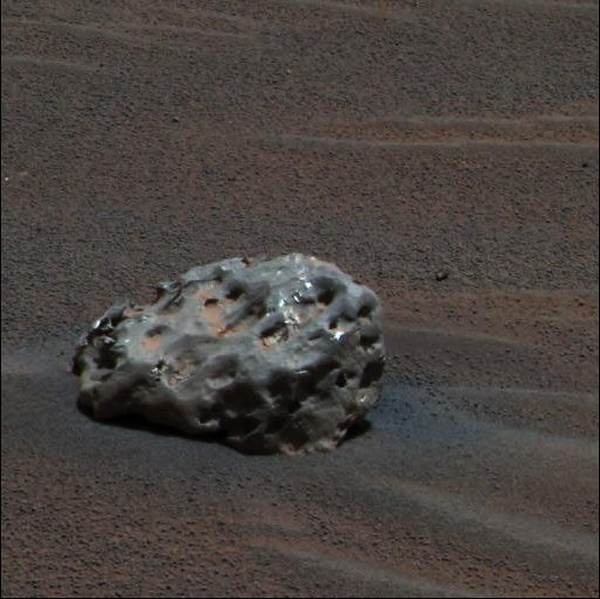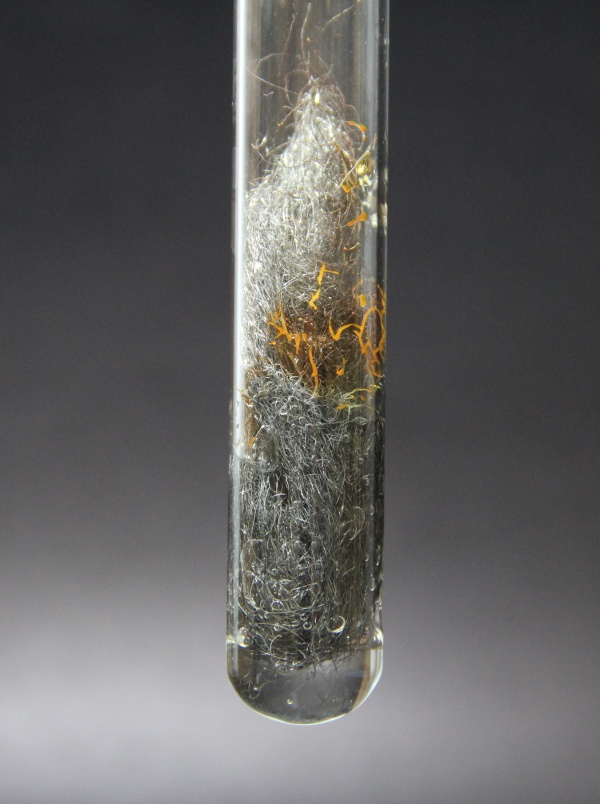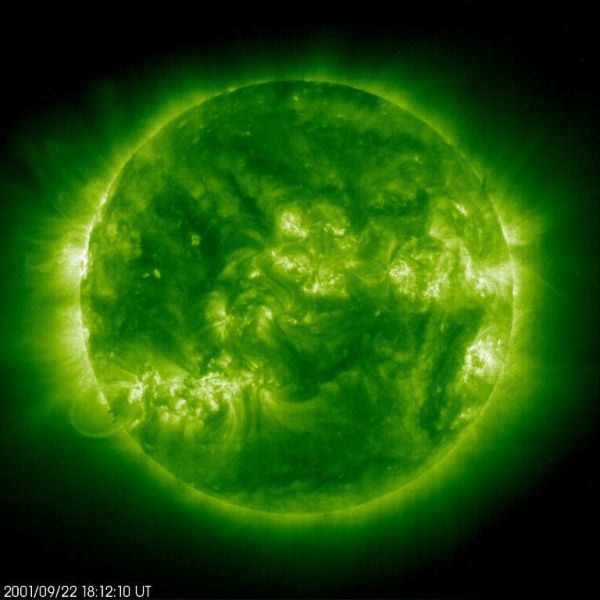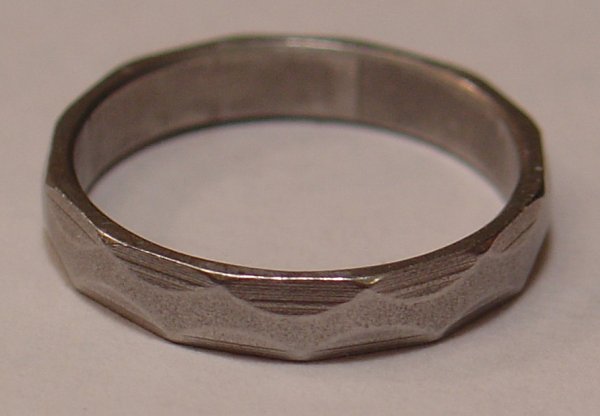
A sonda robótica Mars Exploration Rover Opportunity da NASA encontrou um meteorito em Marte composto basicamente de ferro e níquel, sendo este o primeiro meteorito já identificado em outro planeta.
As leituras feitas pelos espectrômetros instalados na sonda foram as responsáveis pela determinação da composição deste meteorito que tem o tamanho de uma bola de basquete.
O Opportunity usou suas câmeras panorâmicas para capturar as imagens utilizadas nesta composição de cores que se aproxima da realidade. Esta composição de imagens utiliza filtros de 600 nanômetros (vermelho), 530 nanômetros (verde) e 480 nanômetros (azul).
Imagem original em
https://images.nasa.gov/
Texto escrito por Prof. Dr. Luís Roberto Brudna Holzle (luisbrudna@gmail.com ).



melhore mais…
Bom dia,eu tenho um objeto bem parecido com esse meteorito.